Description
Can We Agree to Disagree?
Exploring the differences at work between Americans and the French: A cross-cultural perspective on the gap between the Hexagon and the U.S., and tips for successful and happy collaborations.
At first, there’s this impression that we’re alike, that being French or American is kind of the same. We celebrate the same heroes, sing the same tunes, and prefer the same cool looks.
But once we start working together, sharing the same office space, and using the same coffee machine, we notice that our ways of working diverge, and that we do not understand each other as much as we thought we did. Soon enough, we become suspicious, embarrassed, judgmental… Working together becomes challenging. All of a sudden, we realize that the ocean that separates us is real!
Sabine Landolt and Agathe Laurent, co-authors of this book, have been through this deep realization themselves.
– Sabine, Swiss-American, has had significant experience living in Italy and in France, arrived with her family in New York in 2008.
– Agathe, spent her early childhood in the US and later had an international professional career, was onboarded to her new job in New York in 2014.
Without a question, both experienced challenging work-related moments, due to cultural misunderstanding and radically different approaches to work. The simplest task became mountainous obstacles to overcome. All basics became such as obstacles.
Deeply inspired by their own journey, they decided to create this very unique book: a compelling collection of stories from French and American professionals about their experiences working together. This book reveals the risks of misjudgments, miscommunications and related emotions. It provides tips to accelerate mutual understanding, with a clear and simple ambition: To help let go of stereotypes, spark curiosity, and encourage professionals to combine the best of both cultures, for happier, easier and more successful professional collaborations.
What makes this book so different?
This book introduces a whole new concept with very unique learnings , with an approach that’s a bit provocative as well as evocative! This book shows the severe risk of mutual misjudgment. The authors don’t try to reinvent the wheel here nor to dig into the ‘why’s’. Through doubts, observations, interrogations, experiences, the reader grasps the profundity of the gap, and the deep emotions -i.e. the symptoms- in those moments.
This book is about real stories, which we hope will make the readers smile and relate to, whomever they are and wherever they live–in France or in the U.S. It is not about trying to be scientific, nor relying on the Theory—we know there are nuances of all types, based on the regions, the industry, and roles within an organization. And of course, there’s a person’s unique history . This book speaks about what matters most to people, and where the issues are the most numerous and unexpected. The authors are not trying to be comprehensive—the topics come directly from the 50 interviews—split evenly between Americans and French people, conducted in a semi-directed mode, following the methods of Freud and Piaget, working with associations and spontaneous probes. This book provides tips and tricks on how to get there. Where, you may ask? Again, happier, more effective work collaboration. The work is not about taking sides, defending one perspective versus the other, nor about criticizing one group —on the contrary, our profound goal is to provide a blueprint for a successful collaboration between Americans and the French. We know that both possess unique assets that can create an extraordinary alchemy. Our common history and alliances have demonstrated the fruitfulness of the friendship between these two great Nations!
There is a lot to continue doing in order to combat preconceived ideas about each culture. Only a few organizations seem truly willing to embrace this issue “seriously.” For example, there are typically still insufficient incentives to encourage people to learn foreign languages, which remains the first important step toward another culture. And other solutions currently deployed to facilitate the dialogue and bridge the gaps remain too limited: Having an onboarding program, or being taught the scale difference, is not enough! So, even though it may appear to be a drop in the bucket, this book works towards bridging that gap. It is inspired by the real conviction that discovering other cultures is a blast. That working in an international context is both a huge opportunity and a time to be cherished. This should be true in the professional sphere as much as in the personal sphere. This book is an invitation to continue the journey of exploring the richness of working together, making sure we accept our differences, understand them, and learn from them to make each of us a stronger professional and a better person.

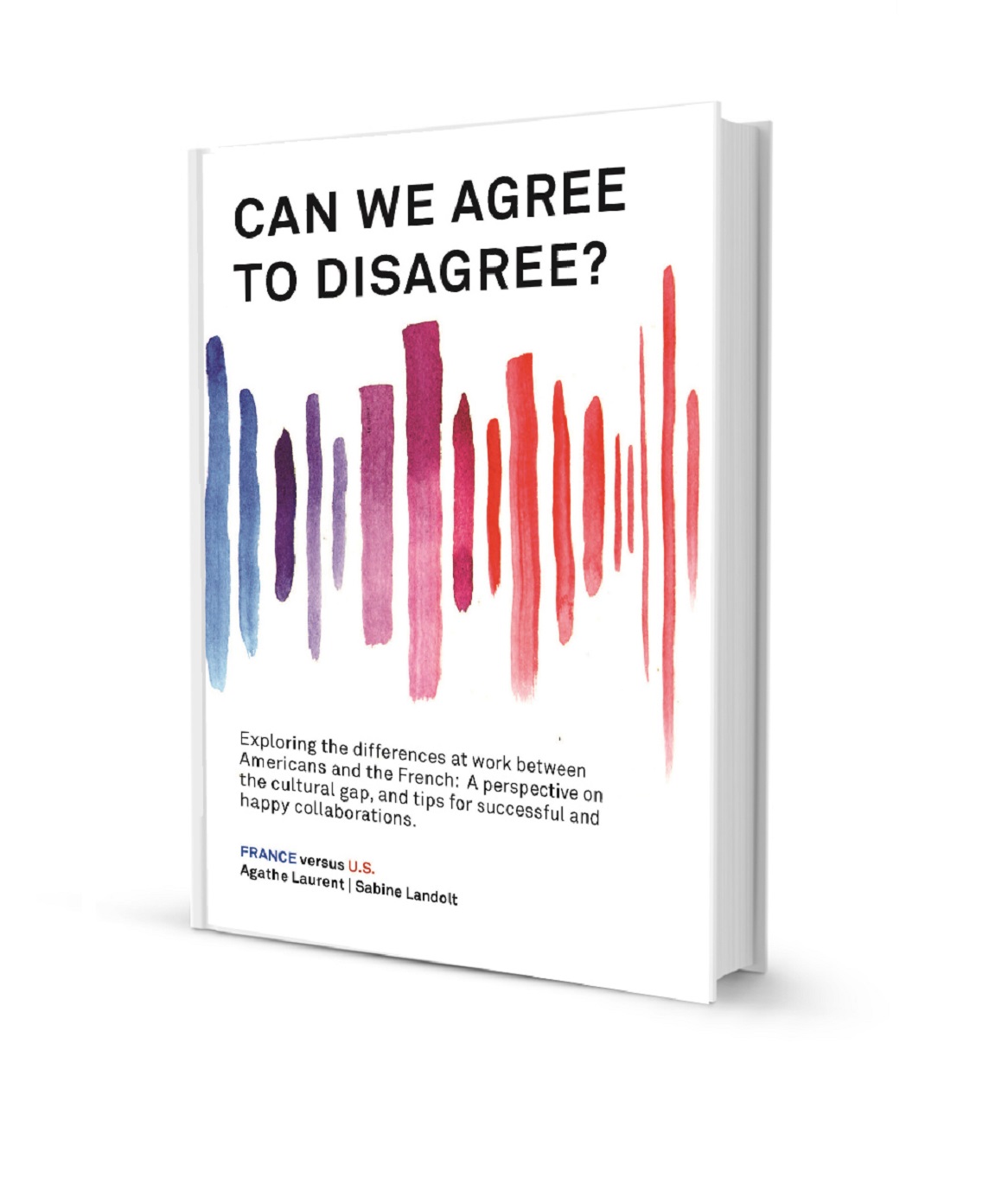
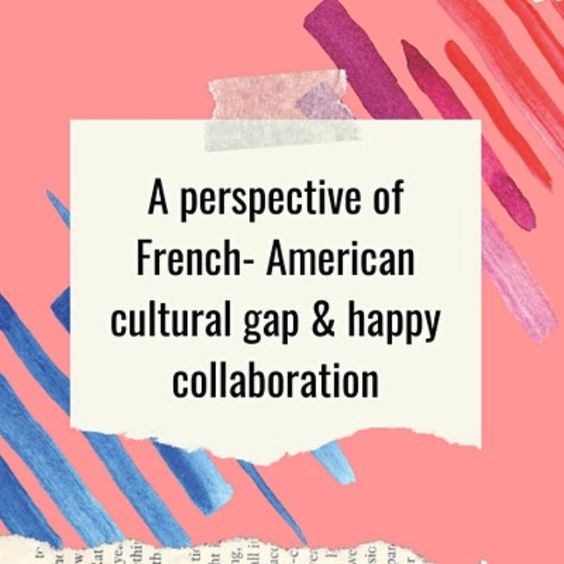
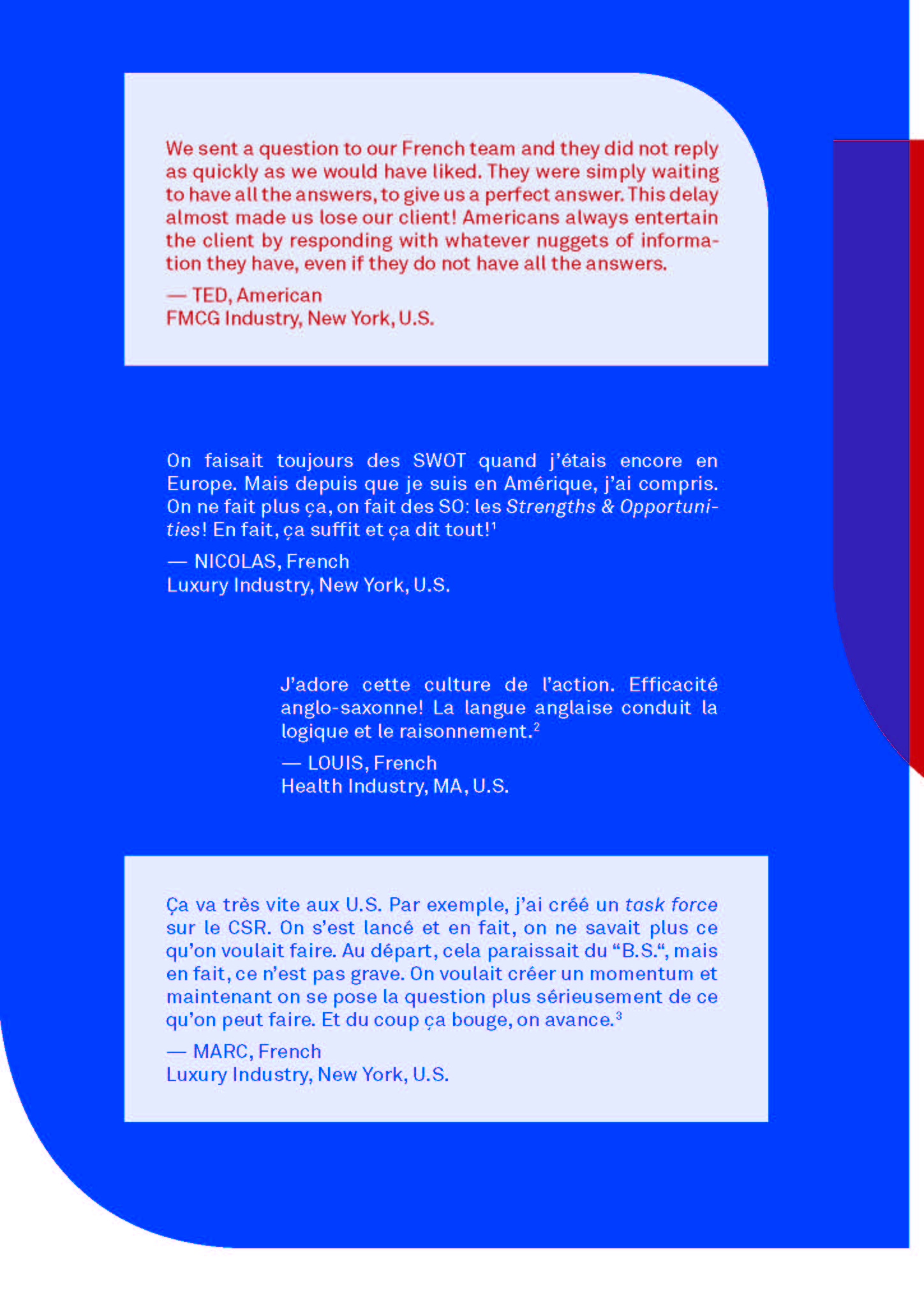

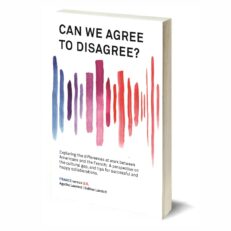
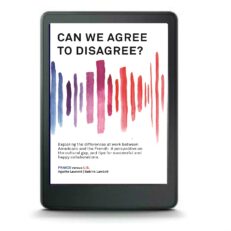
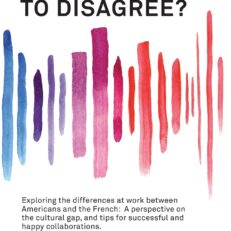
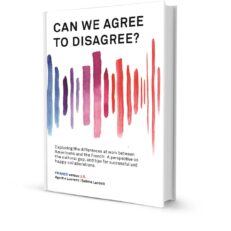
Avis
Il n’y a pas encore d’avis.